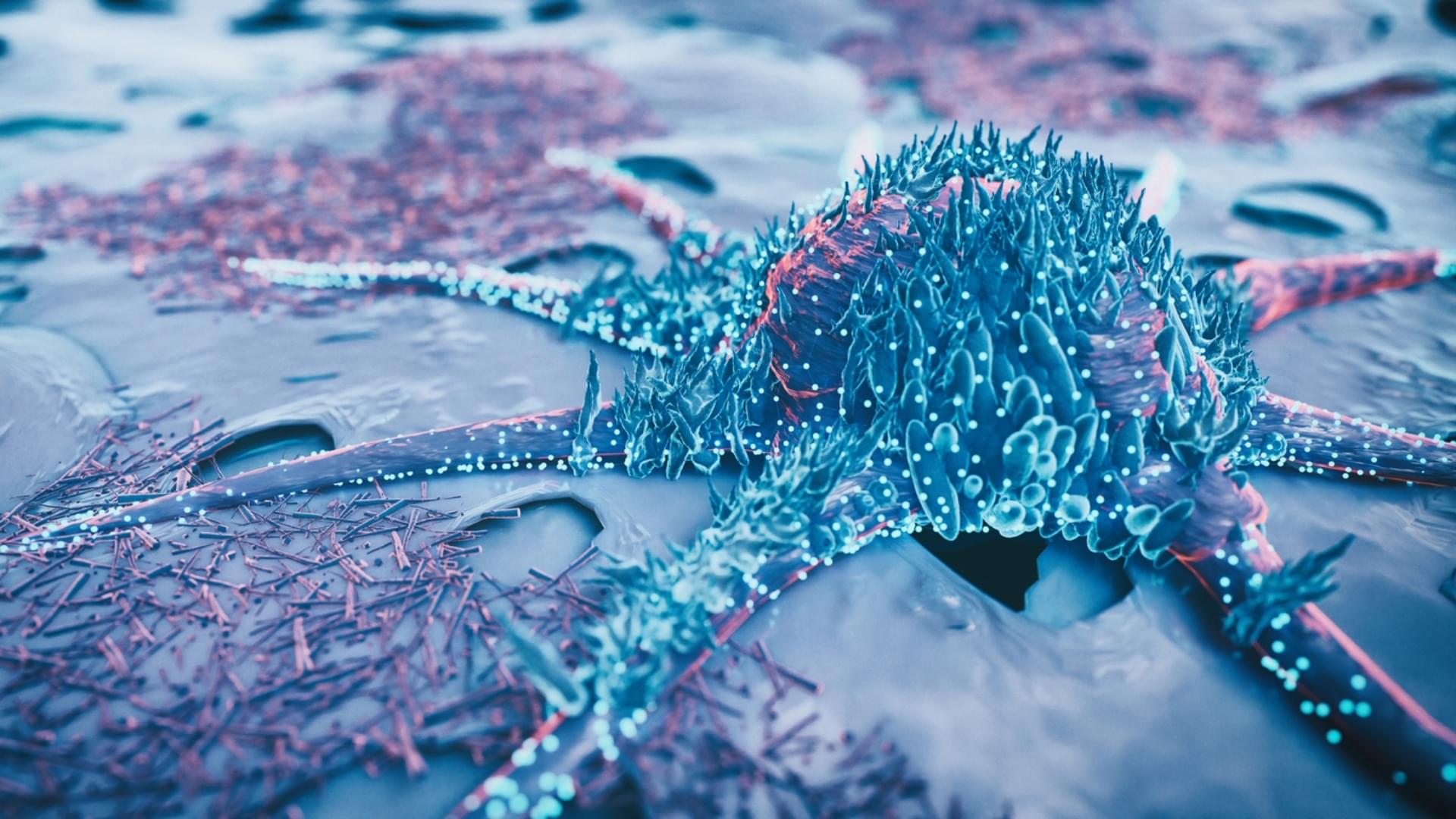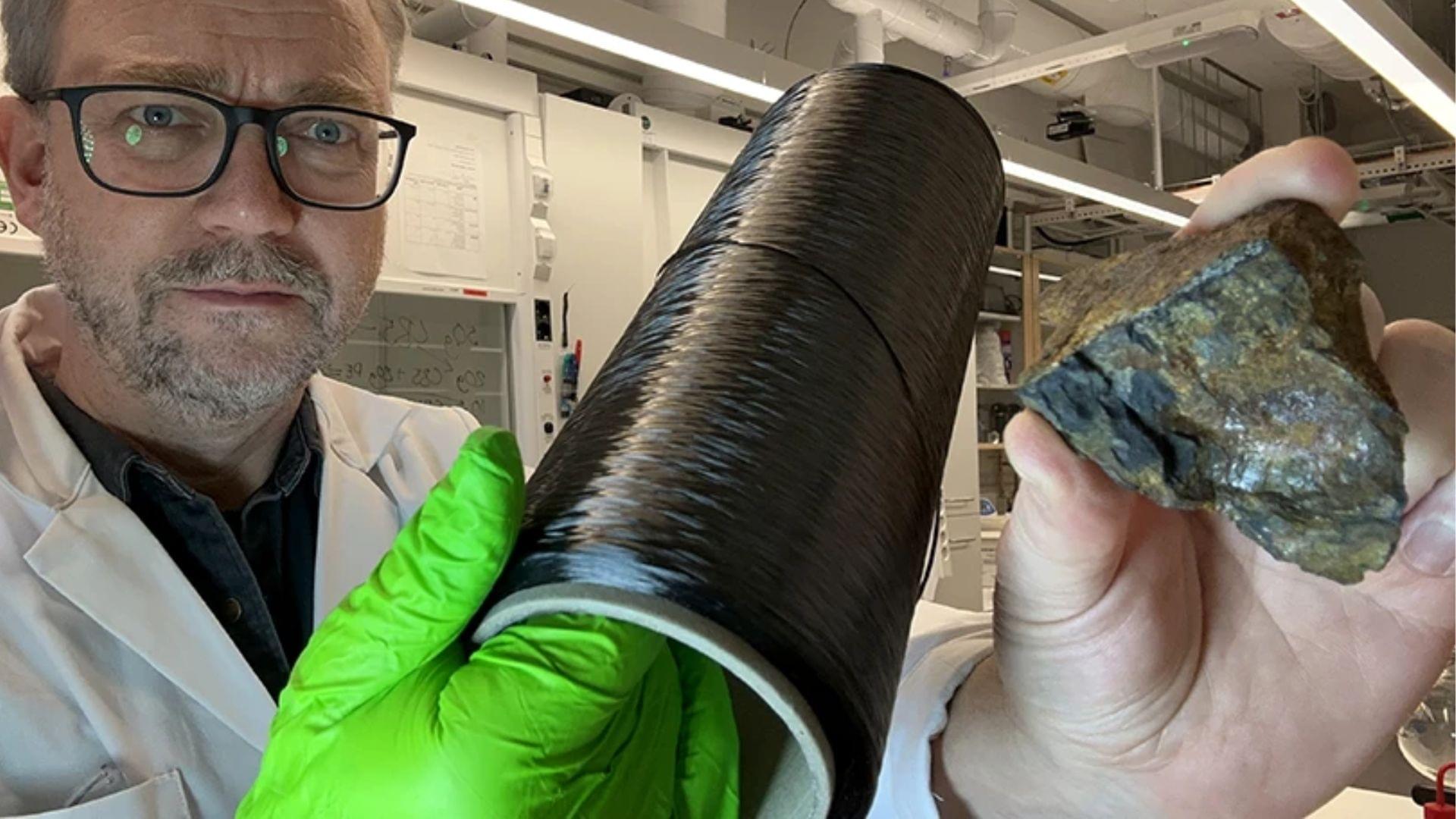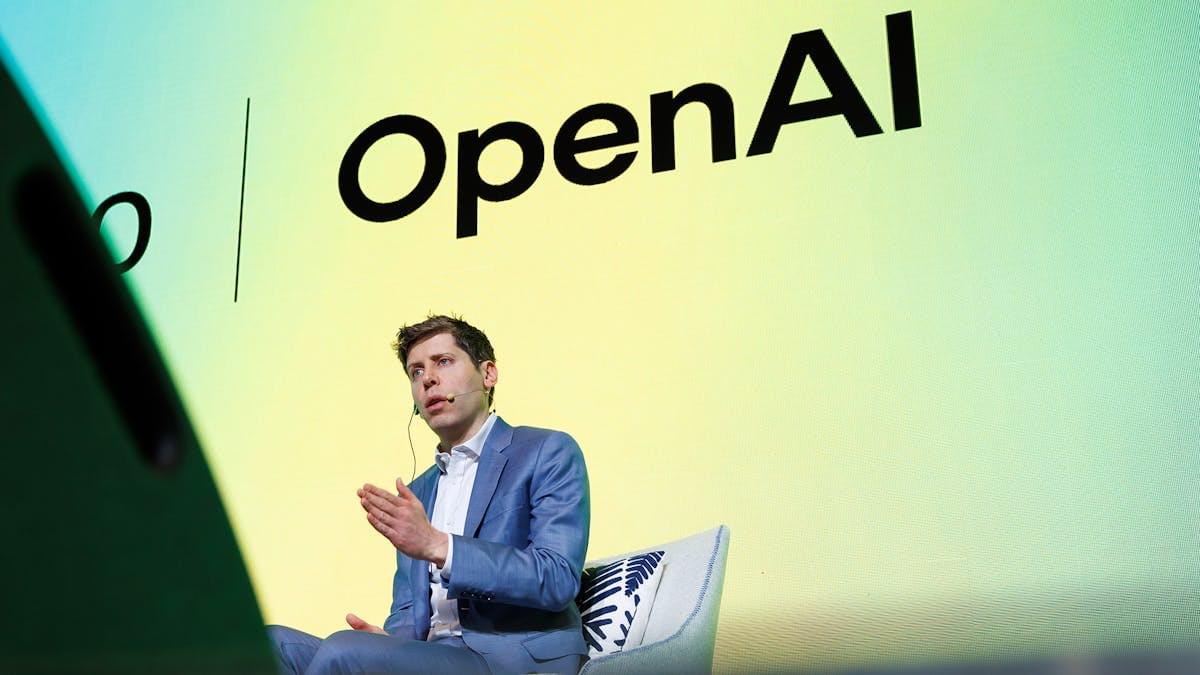And the FAA’s modernization efforts are going so badly they won’t exit turbulence any time soon.



In a trailblazing advancement in cancer therapy, researchers at Korea Advanced Institute of Science and Technology (KAIST) have developed a technology that transforms colon cancer cells into normal-like cells without destroying them.
This innovative approach, led by Professor Kwang-Hyun Cho of the Department of Bio and Brain Engineering, represents a significant departure from traditional cancer treatments that rely on killing cancer cells, often leading to severe side effects and risks of recurrence.

An expanded clinical trial that tested a groundbreaking, experimental stem cell treatment for blinding cornea injuries found the treatment was feasible and safe in 14 patients who were treated and followed for 18 months. In addition, there was a high proportion of complete or partial success.
The study developed a two-stage manufacturing process utilizing cultivated autologous limbal epithelial cells (CALEC), the first xenobiotic-free, serum-free, antibiotic-free protocol developed in the United States to treat blindness caused by unilateral limbal stem cell deficiency (LSCD).
The procedure consists of removing stem cells from a healthy eye with a biopsy, expanding them into a cellular tissue graft in a novel manufacturing process that takes two to three weeks, and then surgically transplanting the graft into the eye with a damaged cornea.
The AI revolution is happening faster than experts ever predicted — and we’ve hit the turning point.
The long-debated arrival of artificial general intelligence (AGI) may be closer than we think, with some experts suggesting we could reach the technological singularity within the next year.
A new analysis of nearly 8,600 expert predictions reveals shifting timelines, particularly since the rise of large language models (LLMs) like ChatGPT. While previous estimates placed AGI’s emergence around 2060, recent advancements have led many to revise their forecasts to as early as 2030.
Some industry leaders, however, believe AGI’s arrival is imminent, and with the rapid progression of computing power and potential breakthroughs in quantum computing, we may soon see machines capable of surpassing human intelligence.
Despite the excitement, skepticism remains. Some researchers argue that intelligence is more than just computational power, encompassing emotional, social, and existential dimensions that machines may never fully replicate. Others question whether AI, no matter how advanced, can independently drive scientific discoveries or simply act as an accelerator for human innovation. While the exact timeline for AGI remains uncertain, one thing is clear: humanity is on the brink of an AI-driven transformation, and the choices we make now will determine whether this future benefits or disrupts society.
Learn more.

While his neighbors frantically fled from their oncoming doom, one man stayed in bed. For whatever reason, he didn’t join the other 2000 residents of Herculaneum—the ancient Roman city just north of Pompeii—as they ran from erupting Mount Vesuvius. The first scorching cloud of ash passed through the city so quickly, it turned his brain into black, glasslike shards. Now, a new analysis of these shards, published today in, offers clues about how the man and his neighbors perished in 79 C.E.
Until recently, scientists believed the people of Herculaneum were annihilated by Mount Vesuvius’s avalanche of hot rock, ash, and gas that buried their city, along with Pompeii. But when researchers announced the discovery of those black, glossy chips in 2020, a new culprit emerged: a swift ash cloud preceding this flood of debris. This rethink, however, hinged on whether the brain had indeed turned to glass.
For glass to form, a liquid needs to be cooled so rapidly that its molecules suddenly “freeze” into a rigid structure rather than forming crystals. For this reason, glass is sometimes referred to as a “liquid solid,” says Brian Wowk, a cryobiologist at 21st Century Medicine who was not involved with the work. Thick blankets of pyroclastic flow–the torrent of rocks, ash, and gas expelled by volcanos–cool off far too slowly for glass to form, says study co-author Guido Giordano, a volcanologist at the Roma Tre University. “Once they’re in place, they can take years to cool down.”

New radio telescopes like ASKAP and MeerKAT are unveiling a ‘low surface brightness Universe’, enhancing our understanding of its hidden features.
Radio astronomers see what the naked eye can’t. As we study the sky with telescopes that record radio signals rather than light, we end up seeing a lot of circles.
The newest generation of radio telescopes – including the Australian Square Kilometre Array Pathfinder (ASKAP) and MeerKAT, a telescope in South Africa – is revealing incredibly faint cosmic objects, never before seen.
In astronomy, surface brightness is a measure that tells us how easily visible an object is. The extraordinary sensitivity of MeerKAT and ASKAP is now revealing a new “low surface brightness universe” to radio astronomers.


Experts say the creature looks just like a floating buttocks.
Deep beneath the ocean’s surface, in the Midnight Zone where no sunlight reaches, scientists have discovered a peculiar creature.
Known as the pigbutt worm, Chaetopterus pugaporcinus was first spotted in 2001 off the coast of California. This translucent, marble-sized blob immediately baffled researchers.
Its rounded shape and distinctive lobes earned it the humorous nickname, as it amusingly resembles a pig’s behind. Marine biologists have since identified it as a type of bristle worm, though its exact life stage—whether adult or larval—remains uncertain. Unlike most of its relatives, which burrow into the seafloor, this worm floats freely in the water column, showcasing an unusual adaptation known as neoteny, where juvenile traits persist into adulthood.
Beyond its quirky appearance, the pigbutt worm possesses remarkable survival skills. Scientists have observed it generating mucus nets to trap marine snow and organic debris for sustenance. Even more astonishingly, it glows in the dark—flashing blue bioluminescence when disturbed, while its mucus net sometimes emits green light, likely as a defense mechanism against predators.
Decades after its discovery, this deep-sea enigma continues to fascinate researchers, serving as a reminder of the vast, unexplored wonders of the ocean. As marine biologist Rebecca Helm puts it, studying the deep sea feels like planetary exploration—proof that some of Earth’s most alien creatures are right here in our own waters.
Learn more.

